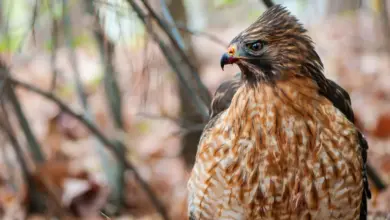Greater Birds of Paradise
The Greater Birds of Paradise, Paradisaea apoda, is a bird of paradise in the genus Paradisaea.
Carolus Linnaeus named the species Paradisaea apoda, or “legless bird of paradise” because early trade skins to reach Europe were prepared without feet by natives; this led to the misconception that these birds were beautiful visitors from paradise that were kept aloft by their plumes and never touched the earth until death.
Description
The Greater Birds of Paradise is the largest member in the genus Paradisaea and can be up to 43cm long, maroon brown with a yellow crown, dark emerald green throat, and blackish brown breast cushion.
The male is adorned with large yellow ornamental flank plumes and a pair of long tail wires.
The female has unbarred maroon-brown plumage.
Distribution
The Greater Bird of Paradise is distributed to lowland and hill forests of southwest New Guinea and Aru Islands, Indonesia.
A small population was introduced by Sir William Ingram in 1909-1912 to Little Tobago Island of West Indies in an attempt to save the species from extinction due to overhunting for plume trades. The introduced populations survived until at least 1958 and most likely are extinct now.
A common species throughout its native range, the Greater Bird of Paradise is evaluated as Least Concern on the IUCN Red List of Threatened Species. It is listed in Appendix II of CITES.
Diet / Feeding
The diet consists mainly of fruits, seeds, and small insects.
References
- BirdLife International (2004). . 2006 IUCN Red List of Threatened Species. IUCN 2006. Retrieved on 09 May 2006. Database entry includes justification for why this species is of least concern
- Galley Press. The World Atlas of Birds
Birds of Paradise … Bird of Paradise Photo Gallery

